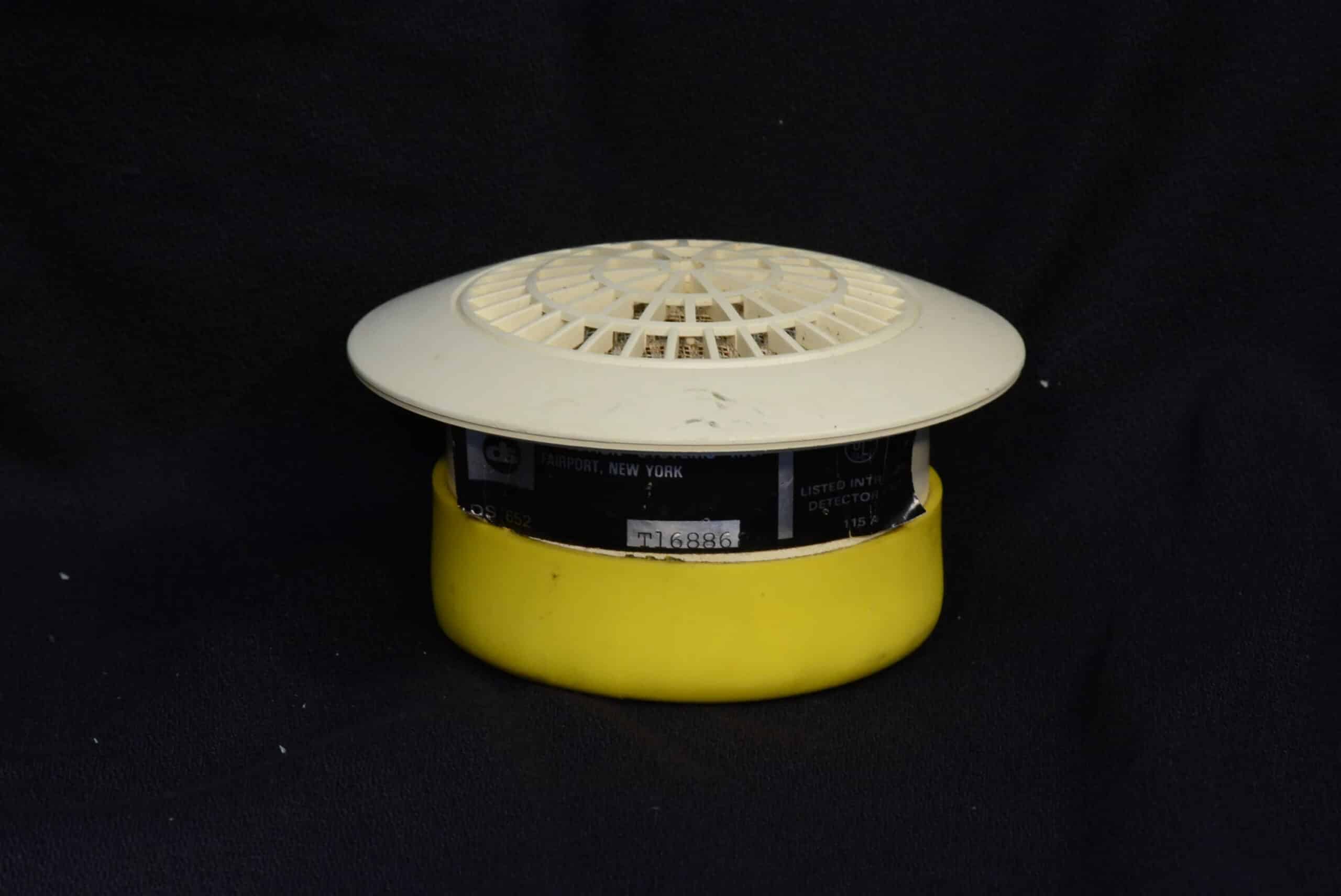716
If you are thinking about buying a motion detector, you should find out about the power consumption. Because if you don’t, you will fall into a cost trap with some devices.
Motion detector power consumption: This is what you should know
A motion detector is a practical thing, because when you want to unlock the house in the dark, you don’t have to look for the light switch or get out the mobile phone torch.
- As with other electrical appliances, it is important that you buy a good quality motion detector. Cheap objects break more quickly and also usually consume more electricity.
- For a standard motion detector, expect to use about 20 kWh of electricity per year. At an electricity price of 35.9 cents per kWh (as of March 2023), this means a cost of about 7.20 euros per year per motion detector.
- You save electricity if you switch off the motion detector in phases, for example during the day or when you are not at home. Pets can set it off in the house, and outside it often goes off when animals walk by or bushes blow in the wind.
- It is also a good idea to set the timer for as short a time as possible. If you only need the light to unlock the house, the motion detector does not need to be triggered for 10 minutes.
This is why a motion detector makes sense
Motion detectors come with some practical benefits, which is why you should think about buying one.
- For example, you have light when you come home at night and walk to the front door.
- In addition, they are a great protection against burglary. Because no burglar likes to work in bright light because he runs the risk of being seen.
- They are practical in the house because the light goes out again automatically at some point if you forget to switch it off. This saves you a lot of electricity.
- Motion detectors are also a good thing with children, as they won’t hurt themselves if they have to get up at night and the paths in the house are lit up.
